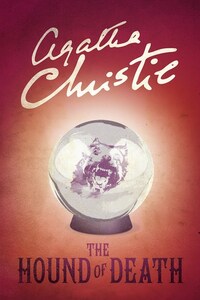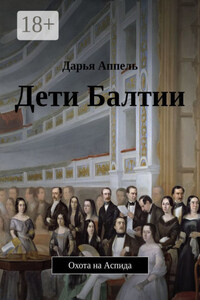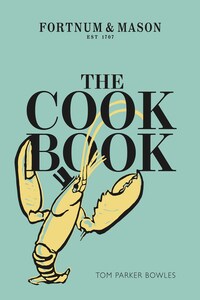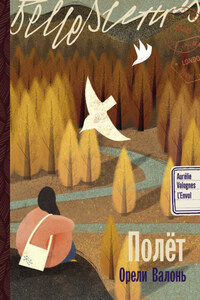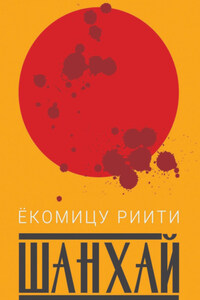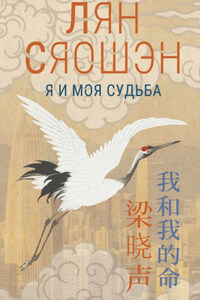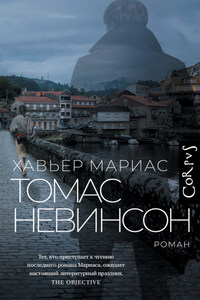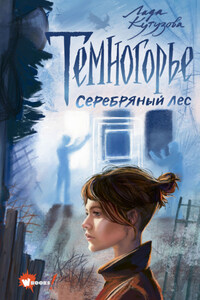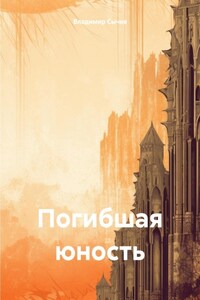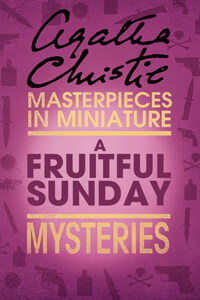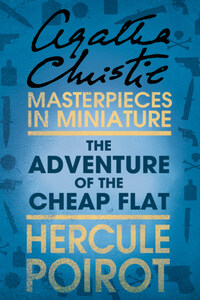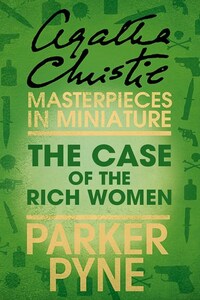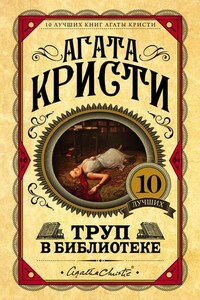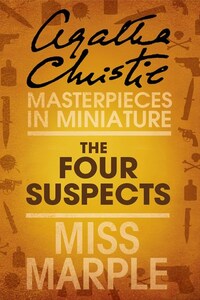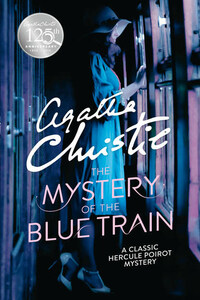Published by HarperCollinsPublishers Ltd
1 London Bridge Street
London SE1 9GF
www.harpercollins.co.uk
First published in Great Britain by Odhams Press 1933
Agatha Christie>®The Hound of Death>™
copyright © Agatha Christie Limited 1933. All rights reserved.
www.agathachristie.com
Cover by www.juliejenkinsdesign.com © HarperCollins/Agatha Christie Ltd 2008
Agatha Christie asserts the moral right to be identified as the author of this work.
A catalogue copy of this book is available from the British Library.
This novel is entirely a work of fiction. The names, characters and incidents portrayed in it are the work of the author’s imagination. Any resemblance to actual persons, living or dead, events or localities is entirely coincidental.
All rights reserved under International and Pan-American Copyright Conventions. By payment of the required fees, you have been granted the non-exclusive, non-transferable right to access and read the text of this e-book on screen. No part of this text may be reproduced, transmitted, down-loaded, decompiled, reverse engineered, or stored in or introduced into any information storage and retrieval system, in any form or by any means, whether electronic or mechanical, now known or hereinafter invented, without the express written permission of HarperCollins.
Source ISBN: 9780008196424
Ebook Edition © December 2016 ISBN: 9780007422401
Version: 2017-04-13
It was from William P. Ryan, American newspaper correspondent, that I first heard of the affair. I was dining with him in London on the eve of his return to New York and happened to mention that on the morrow I was going down to Folbridge.
He looked up and said sharply: ‘Folbridge, Cornwall?’
Now only about one person in a thousand knows that there is a Folbridge in Cornwall. They always take it for granted that the Folbridge, Hampshire, is meant. So Ryan’s knowledge aroused my curiosity.
‘Yes,’ I said. ‘Do you know it?’
He merely replied that he was darned. He then asked if I happened to know a house called Trearne down there.
My interest increased.
‘Very well indeed. In fact, it’s to Trearne I’m going. It’s my sister’s house.’
‘Well,’ said William P. Ryan. ‘If that doesn’t beat the band!’
I suggested that he should cease making cryptic remarks and explain himself.
‘Well,’ he said. ‘To do that I shall have to go back to an experience of mine at the beginning of the war.’
I sighed. The events which I am relating took place in 1921. To be reminded of the war was the last thing any man wanted. We were, thank God, beginning to forget … Besides, William P. Ryan on his war experiences was apt, as I knew, to be unbelievably long-winded.
But there was no stopping him now.
‘At the start of the war, as I dare say you know, I was in Belgium for my paper—moving about some. Well, there’s a little village—I’ll call it X. A one horse place if there ever was one, but there’s quite a big convent there. Nuns in white what do you call ’em—I don’t know the name of the order. Anyway, it doesn’t matter. Well, this little burgh was right in the way of the German advance. The Uhlans arrived—’
I shifted uneasily. William P. Ryan lifted a hand reassuringly.
‘It’s all right,’ he said. ‘This isn’t a German atrocity story. It might have been, perhaps, but it isn’t. As a matter of fact, the boot’s on the other leg. The Huns made for that convent—they got there and the whole thing blew up.’
‘Oh!’ I said, rather startled.
‘Odd business, wasn’t it? Of course, off hand, I should say the Huns had been celebrating and had monkeyed round with their own explosives. But it seems they hadn’t anything of that kind with them. They weren’t the high explosive johnnies. Well, then, I ask you, what should a pack of nuns know about high explosive? Some nuns, I should say!’
‘It is odd,’ I agreed.
‘I was interested in hearing the peasants’ account of the matter. They’d got it all cut and dried. According to them it was a slap-up one hundred per cent efficient first-class modern miracle. It seems one of the nuns had got something of a reputation—a budding saint—went into trances and saw visions. And according to them she worked the stunt. She called down the lightning to blast the impious Hun—and it blasted him all right—and everything else within range. A pretty efficient miracle, that!
‘I never really got at the truth of the matter—hadn’t time. But miracles were all the rage just then—angels at Mons and all that. I wrote up the thing, put in a bit of sob stuff, and pulled the religious stop out well, and sent it to my paper. It went down very well in the States. They were liking that kind of thing just then.
‘But (I don’t know if you’ll understand this) in writing, I got kinder interested. I felt I’d like to know what really had happened. There was nothing to see at the spot itself. Two walls still left standing, and on one of them was a black powder mark that was the exact shape of a great hound. The peasants round about were scared to death of that mark. They called it the Hound of Death and they wouldn’t pass that way after dark.
